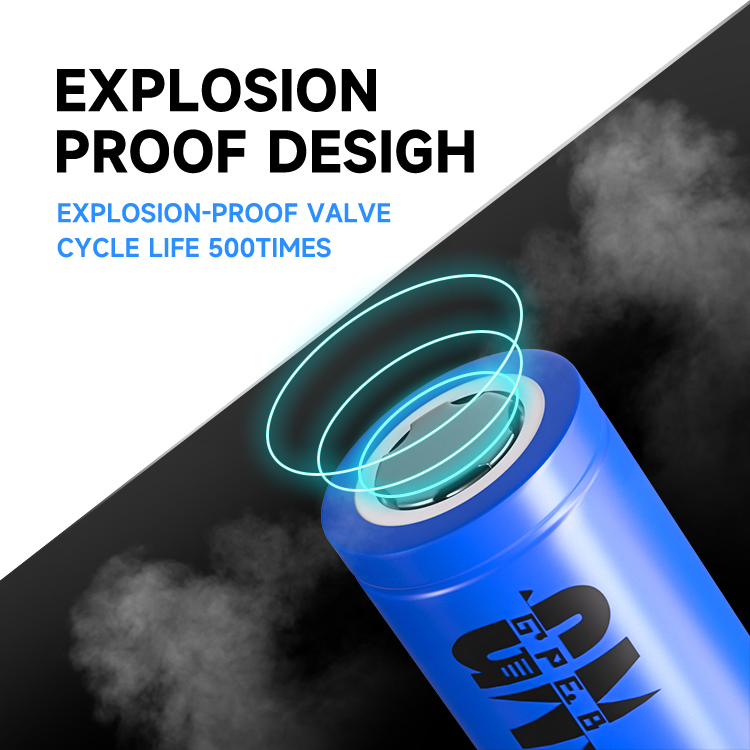


18650 battery charging voltage can not exceed how much
It is
generally believed that charging the no-load voltage of a lithium
battery to 4.2V is considered to be fully charged. During the battery
charging process, the battery voltage gradually rises from 3.7V to 4.2V,
and the lithium battery cannot be charged to a no-load voltage above
4.2V. Otherwise, it will damage the battery, which is the special place
of lithium battery.
Lithium-ion batteries have the advantages of
light weight, large capacity, and no memory effect, so they are widely
used-many digital devices use lithium-ion batteries as power sources,
although their prices are relatively expensive. The energy density of
lithium-ion batteries is very high, its capacity is 1.5~2 times that of
nickel-metal hydride batteries of the same weight, and it has a very low
self-discharge rate.
Extended information
The most important tips for charging and discharging lithium batteries in use are:
1. Charge according to the standard time and procedure, even for the first three times;
2. When the power is too low, you should try to start charging in time;
3.
The activation of the lithium battery does not require a special
method, and the lithium battery will be activated naturally during
normal use. If you insist on using the popular "first three 12-hour long
charge activation" method, it will actually have no effect.
Therefore,
all the pursuit of 12-16 hours of ultra-long charging and the use of
lithium batteries to automatically shut down are all wrong. If you have
done it according to the wrong statement before, please correct it in
time, maybe it is not too late.